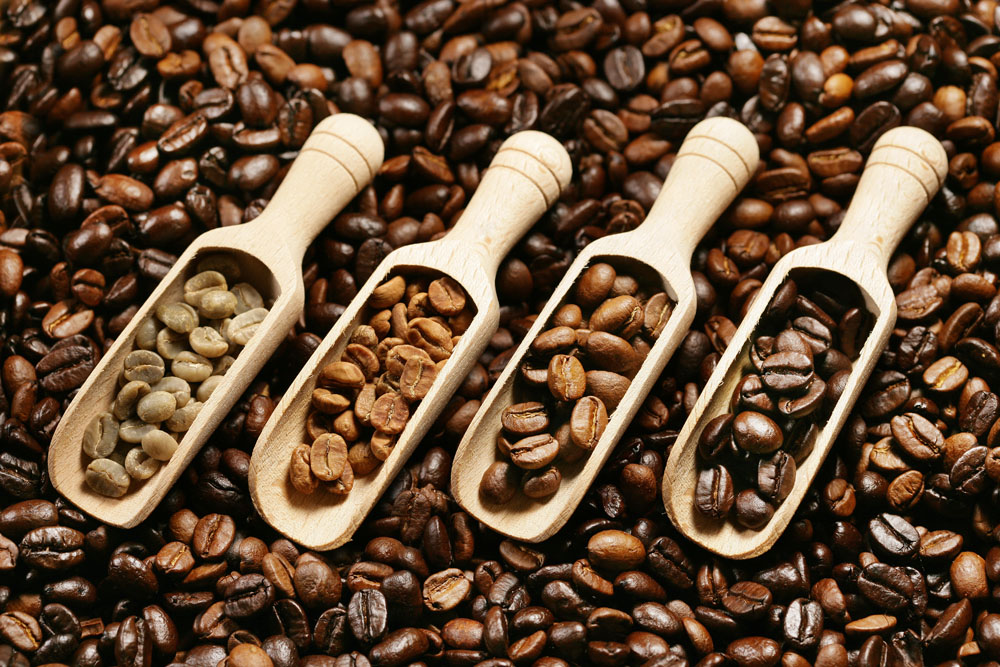The clean and bright smell of Rwanda, an African coffee producer
Rwanda coffee history is one of the most interesting of the East African coffee growing regions, Rwanda known as the "land of a thousand lakes" grows coffee between 1700 and 2000 meters above sea level. Rwandan coffee quality can be said to be world-class, with a clean and bright taste, comparable to the best Central American Blue Mountain coffee, with an extremely obvious sweet and floral, more popular with professionals.
According to relevant data, Rwandan coffee was introduced to Rwanda by German missionaries in 1904. Around 1930, Rwandan coffee became a cash crop for local farmers.
Rwandan coffee is grown in many parts of the country, with most coffee coming from the southern and western regions of Rwanda. Many of the local farms are between 1700 and 2000 meters above sea level. Coffee cultivation in the south is mainly spread around Butare, while coffee cultivation in the north is limited. Most of them are concentrated in the capital Kigali. They mainly grow on the mountains around 1300 meters. The quality is average and the yield is low.
Rwanda's economy and production levels are backward, and coffee production plays a considerable role in Rwanda's economic development, as it is one of the few cash crops. The Rwandan government supports local farmers to grow coffee in large areas, but there are no strict requirements and guidelines for the quality of coffee beans, so the local coffee processing methods are relatively rough.
Rwanda is one of Africa's Arabica producing areas, with an average of 500,000 small farms with less than 1 hectare of cultivated area. The coffee planting area of less than 1 hectare, with an average of 165 trees per farmer, is very small compared to the planting area of farmers in other countries!

Important Notice :
前街咖啡 FrontStreet Coffee has moved to new addredd:
FrontStreet Coffee Address: 315,Donghua East Road,GuangZhou
Tel:020 38364473
- Prev

Brazil Coffee Introduction The world's largest coffee producer
Today, Brazil is the world's largest coffee producer, with around 25% of the world's coffee coming from Brazil, influencing the development of the world's coffee industry. Brazilian coffee is mainly grown in Parana, Santos, Sao Paulo, Minas Gerais and Bahia, where the vast majority of farms are less than ten hectares in size. According to 2000 records: 71% of farms in Minas Gerais are less than
- Next

Introduction to the Old Coffee varieties of SCAA there are more than a hundred coffee varieties in coffee
Coffee has more than a hundred varieties of coffee, the more common coffee are: Arabica, outstanding personality, unique flavor, is the main force of boutique coffee, mainly used for coffee shop management and high-end coffee market supply; Robusta, rough flavor, high caffeine content, not boutique coffee, often used for instant coffee processing and Italian coffee mixed beans. Ethiopia Typica and Yemen Bourbon are
Related
- Detailed explanation of Jadeite planting Land in Panamanian Jadeite Manor introduction to the grading system of Jadeite competitive bidding, Red bid, Green bid and Rose Summer
- Story of Coffee planting in Brenka region of Costa Rica Stonehenge Manor anaerobic heavy honey treatment of flavor mouth
- What's on the barrel of Blue Mountain Coffee beans?
- Can American coffee also pull flowers? How to use hot American style to pull out a good-looking pattern?
- Can you make a cold extract with coffee beans? What is the right proportion for cold-extracted coffee formula?
- Indonesian PWN Gold Mandrine Coffee Origin Features Flavor How to Chong? Mandolin coffee is American.
- A brief introduction to the flavor characteristics of Brazilian yellow bourbon coffee beans
- What is the effect of different water quality on the flavor of cold-extracted coffee? What kind of water is best for brewing coffee?
- Why do you think of Rose Summer whenever you mention Panamanian coffee?
- Introduction to the characteristics of authentic blue mountain coffee bean producing areas? What is the CIB Coffee Authority in Jamaica?

